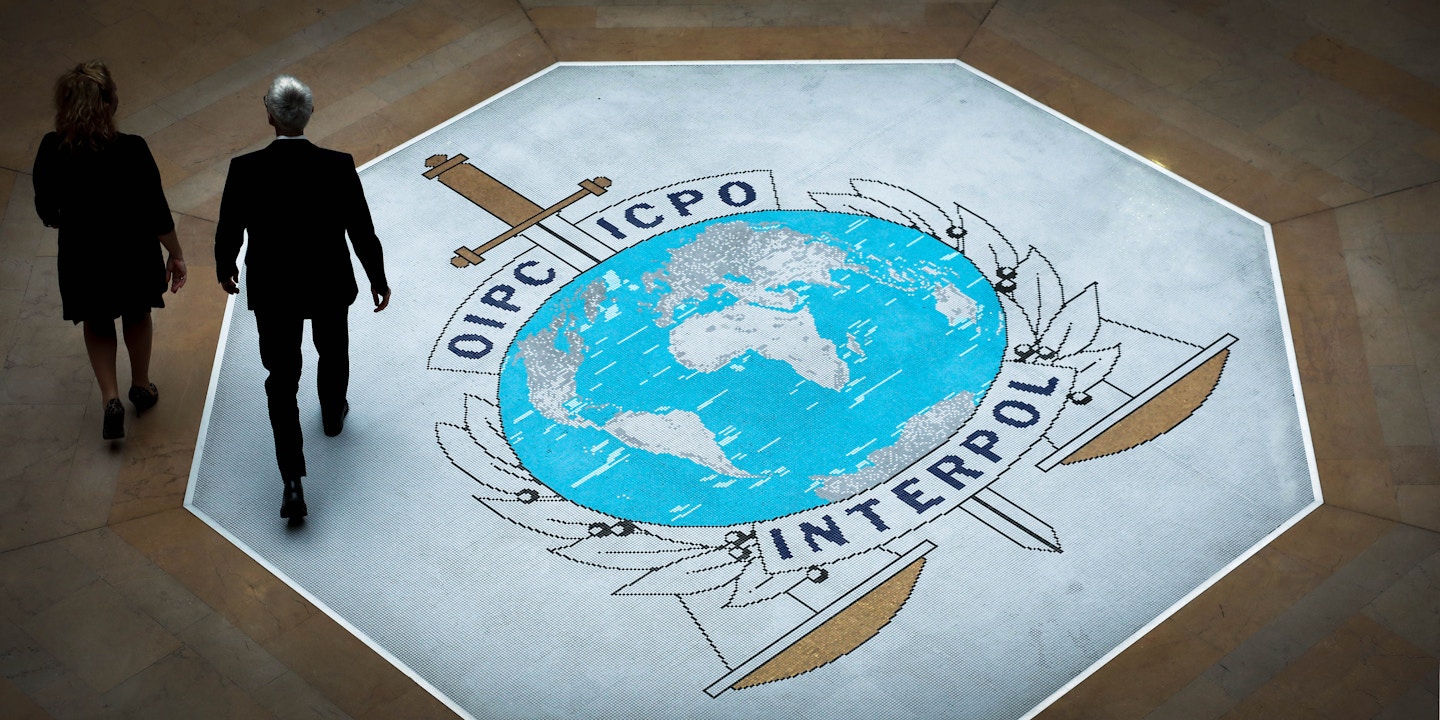INTERPOL Notices are international requests for cooperation that allow police in member countries to share critical crime-related information.
Several types of notices are used by INTERPOL to help law enforcement agencies locate suspects and bring criminals to justice.
Red Notices, for example, seek the location and arrest of wanted persons. But there are other alerts, like Interpol blue notice list, which are issued to locate and identify persons who might be a witness to a crime, or someone related to a person wanted for a crime.

Blue Notices
Blue notices are issued by Interpol when a country or countries want to gather more information about a person in relation to a criminal investigation. This does not guarantee an extradition or arrest, but can help to track down people who may be hiding.
There are eight types of notices, seven of which are colour-coded by their function: Red, Green, Yellow, Orange, Blue, Purple and Black. The eighth is an INTERPOL-United Nations Security Council Special Notice.
The General Secretariat publishes most notices on its secure website, but an extract can be published on Interpol’s public website if the requesting country agrees. The requesting country can also send a copy of the notice to other law enforcement agencies and to the media.
Green Notices
Green Notices are issued when one country wishes to inform other INTERPOL member countries that they believe an individual may be likely to commit a specific type of crime in another country. This can include serial sex offenders, people with criminal convictions for sexually motivated crimes, and individuals who are the targets of UN Security Council Sanctions Committees.
INTERPOL publishes notices only if they comply with its constitution and rules on data processing, which are designed to ensure the legality of information and the protection of personal data. A notice will not be published if it violates this principle or if it is politically, militarily or religiously motivated.
Fair Trials International has urged Interpol to be more transparent about how it operates its notice system, and we applaud their publication of this data. But it is important to note that the statistics – which reveal that an average of 1,000 Red Notices and Wanted Person diffusions are rejected or deleted each year – do not give any insight into what might be wrong with these publications or why they are being published in the first place.
Yellow Notices
Interpol, which has 194 member countries, issues international requests for cooperation and alerts to share critical crime-related information between police around the world. There are eight types of notices that are color-coded by their function.
The most common type of notice is the Red Notice, which is used to seek the location and arrest of wanted persons with a view to extradition. It can also be used to locate people who have been involved in crimes that violate judicial jurisdiction or the authority of the International Criminal Court or Tribunal.
Another type of notice is the Yellow Notice, which is issued to help locate missing people or identify those who are unable to identify themselves. This is a very valuable law enforcement tool that can increase the chance of finding the person who is missing or whose identity has been lost. There is also the Black Notice, which is issued to seek information on unidentified bodies.
Red Notices
Interpol's "red notice" list is a tool that helps 194 member nations cooperate to apprehend wanted fugitives at international borders. This is a vital service that allows nations to take all necessary steps to extradite persons who have committed serious crimes.
However, over the years I have noticed that this system is being abused in an increasing number of cases. This is a worrying situation as it is a violation of INTERPOL's Constitution, which bars member countries from using its channels or publications for predominantly political, military, religious or racial reasons.
Many of the cases we have seen involve highly-publicized dissidents who are subject to detention, sometimes for months or longer without trial. These cases can have devastating consequences for their subjects' lives and livelihoods.

